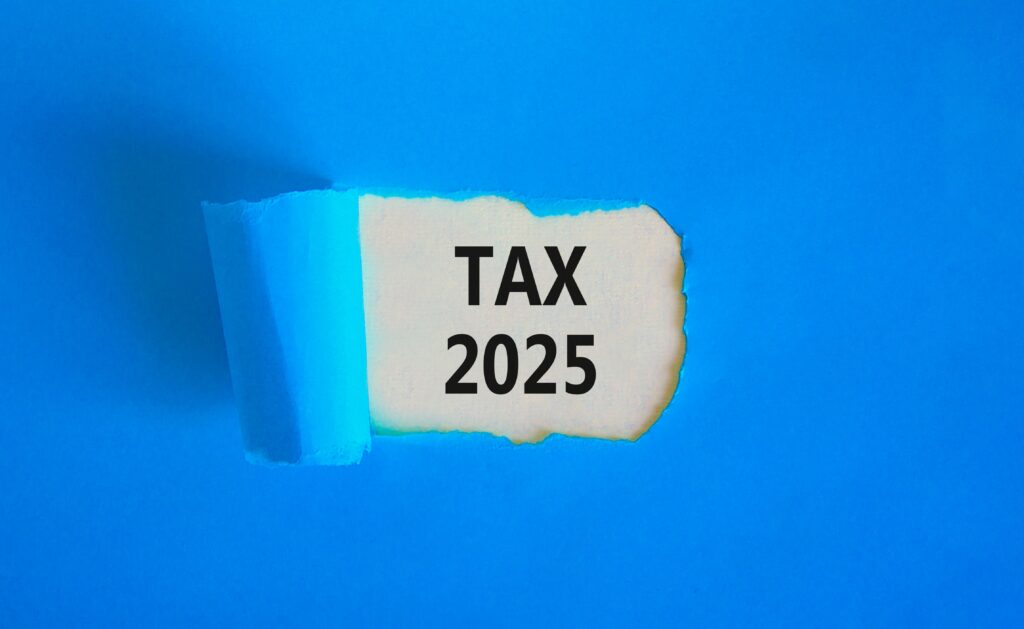Read this Policy Brief in PDF Form
Lawmakers often provide targeted tax cuts to groups of individuals or corporations in the form of special tax breaks—including exemptions, deductions, exclusions, credits, deferrals, and preferential tax rates. These tax breaks have long been called “tax expenditures” because they are essentially government spending programs that happen to be administered through the tax code. However, tax expenditures are usually less visible than other types of public spending and are therefore harder for policymakers and the public to evaluate. This policy brief surveys the difficulties created by tax expenditures, and describes options for better integrating them into the normal budget process.
The Concept of Tax Expenditures
Tax expenditures are similar to regular spending programs in that they are intended to achieve public policy objectives that have little or nothing to do with the fair collection of tax revenues. The main difference between tax expenditures and regular government spending is that under the tax expenditure approach, instead of the government sending out a check to the recipient, the recipient pays less in tax. For example, a government could create a direct spending program to subsidize windmill construction. Or, instead, it could offer a tax expenditure that lets companies building windmills reduce their taxes by exactly the same amount. In theory, it doesn’t matter whether a government uses direct spending or a tax expenditure to achieve a policy goal. In either case, the windmill subsidy program will (in theory) have to compete with other government spending priorities when the government makes its budget decisions.
A Privileged Type of Spending
As a practical matter, however, tax expenditures do not have to compete on a level playing field with other public spending. This is largely thanks to two distinct advantages afforded to tax expenditures, both of which have contributed to their often explosive growth:
• The most obvious advantage enjoyed by tax expenditures is the “political bias” in their favor. While the two windmill programs described above should be equally appealing (or unappealing) to lawmakers, the tax expenditure version is usually far more popular because voting for it allows lawmakers to tell their constituents they have “cut taxes.” Moreover, the lawmakers that are most passionate about windmill construction will almost always prefer the tax expenditure route, since they know that any lawmaker seeking to repeal the provision in the future will face an uphill fight in their attempt to “raise taxes” on the windmill industry.
• Tax expenditures also enjoy a number of “procedural biases” that essentially rig the budget process in their favor. For example, unlike most spending programs, tax expenditures are usually open-ended: they often have no built-in cost limits, and generally there is no annual appropriation or oversight process during which lawmakers review their merits. Both of these features are major upsides in the eyes of lawmakers seeking to enact subsidies that they do not wish to see repealed or watered down in the future. Moreover, tax expenditures are often excluded from government “performance review” initiatives, and important information is frequently hidden behind the cloak of tax return secrecy.
Both political biases and procedural biases have contributed greatly to lawmakers’ enthusiasm for tax expenditures. But tax expenditures too often turn out to be very expensive subsidy programs for which there is little oversight and review. While there’s little that can be done (in the short-term) to lessen lawmakers’ love of tax cuts, there are reforms that can be enacted immediately to make sure the budget process isn’t rigged so overwhelmingly in favor of tax expenditures.
The Goal: Regular Oversight of Tax Expenditures
Nothing in this brief is meant to suggest that tax expenditures should not exist. Many tax expenditures serve valuable purposes, and many can be administered more efficiently through the tax code than they could be as direct spending programs.
Rather, the important insight provided by the tax expenditure concept is that a law that lowers a citizen’s tax liability has no different effect than a law that requires a direct payment to the citizen. And if a tax break is designed to accomplish a public policy goal other than the equitable collection of tax revenues, then it should be evaluated according to the standards by which we evaluate spending laws, not the standards by which we evaluate tax laws. Unfortunately, every state falls short of this goal—some more so than others.
Tax Expenditure Reforms
The following reforms are all designed to reduce the degree to which current budgeting rules are biased in favor of tax expenditures:
• A high-quality tax expenditure report is a bare minimum requirement for even beginning to bring tax expenditures on a more even footing with other areas of state budgets. These reports identify the tax expenditures offered in a state, as well as their cost and other pertinent information. Unfortunately, while the overwhelming majority of states publish some type of tax expenditure report, many of those reports leave out major tax expenditures, are not regularly updated, or contain other important design flaws. The Center on Budget and Policy Priorities (CBPP) has written the definitive guide on state tax expenditure reporting titled, Promoting State Budget Accountability Through Tax Expenditure Reporting.
• Performance review systems can provide information on the effectiveness of tax expenditures beyond what is normally feasible to provide in an ordinary tax expenditure report. Washington State has the most sophisticated system of this type in the country, though even that system is far from perfect. Efforts by state legislatures to create a tax expenditure review system fall fl at when inadequate direction and/or funding is provided to the agency performing these evaluations. For more on tax expenditure performance reviews, see Citizens for Tax Justice’s report: Judging Tax Expenditures.
• Sunset provisions, or expiration dates, can help focus lawmakers’ minds on actual tax reform in a way that reports and performance reviews rarely can. Sunsets are a good way to level the playing field between tax expenditures and other spending, since very few forms of ordinary spending are written to continue indefinitely in the same way that tax expenditures are.
• Caps on the size of particular tax expenditures—usually tax credits—can also help make these programs behave more like ordinary spending. Absent a cap, tax expenditures are basically on auto-pilot, allowed to grow in size without limitation. In Missouri, for example, a report from the state Auditor’s Office revealed that fifteen tax credits ended up costing the state $1 billion more (over a 5 year period), than lawmakers were expecting when they first enacted those programs.
• Some states require supermajority approval from legislators in order to enact a tax increase. When this requirement includes the elimination of a tax expenditure within the definition of “tax increases,” it creates an extremely unproductive barrier to eliminating or reforming these programs. Such requirements, if not repealed outright, should at least be modified so as not to include tax expenditures within their scope.
• Unlike direct spending subsidies, the subsidies given to specific companies via the tax code are rarely subject to disclosure requirements. While it would be inappropriate to release tax information about specific individuals, corporate subsidies distributed in the form of tax expenditures should be subject to the same disclosure and reporting requirements as other spending. Good Jobs First is the leading organization on such matters.
• Finally, lawmakers can also take steps to lay the groundwork for better scrutiny of tax expenditures by clearly laying out the purpose and goals of tax expenditures in any new legislation seeking to enact or expand those provisions. Such legislation should also spell out relevant performance indicators, benchmarks, and data collection plans. By making such information known in advance, it will be much easier to evaluate the effectiveness of tax expenditures in the future. For more information, see Citizens for Tax Justice’s report: How to Enact (and Maintain) Tax Reform.





